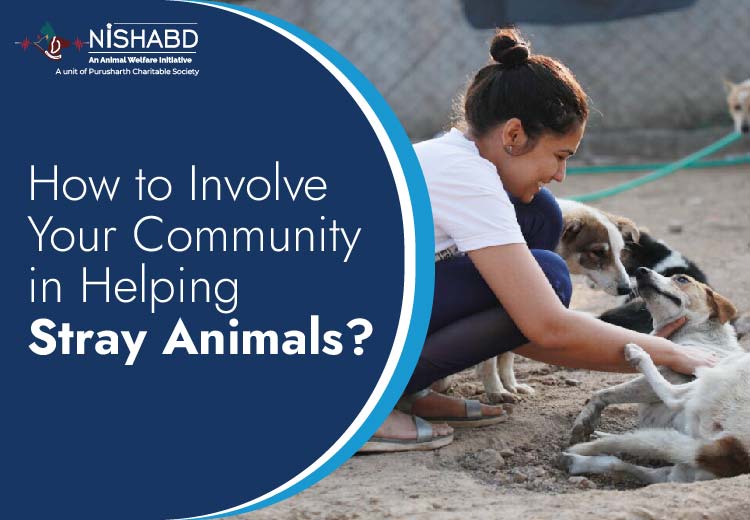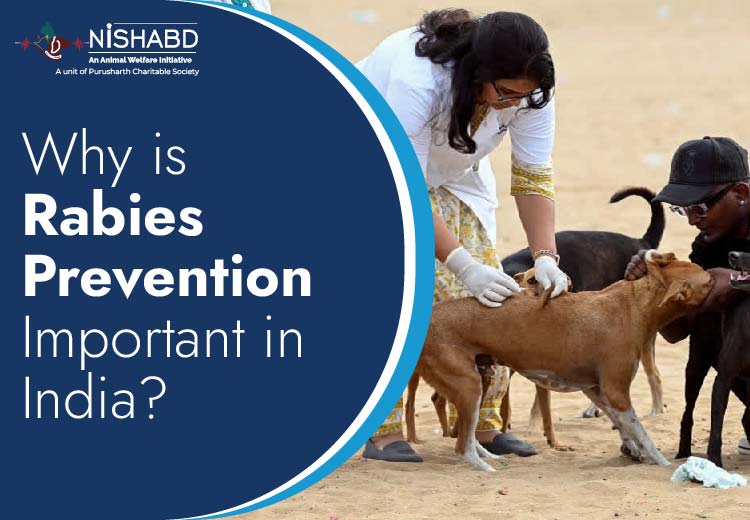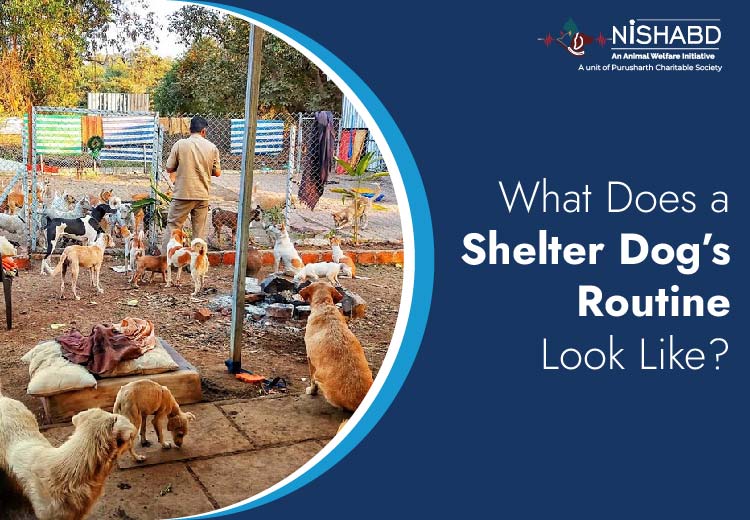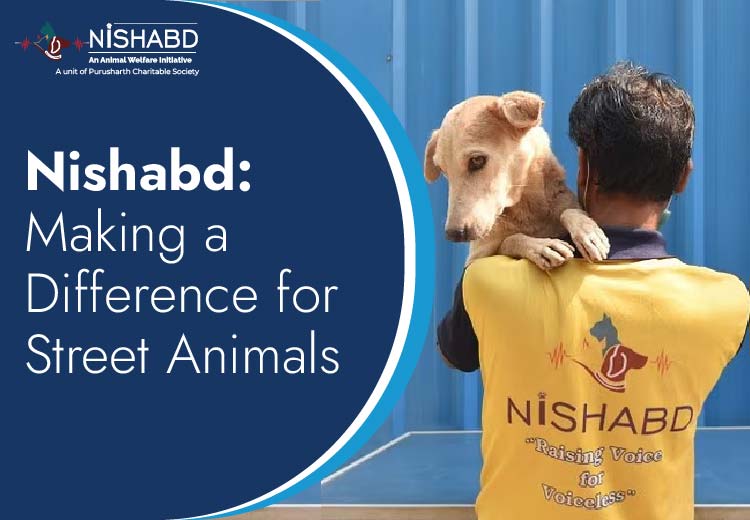Have you ever seen a stray dog shivering in the cold or looking for food near a dustbin? It’s a sight that touches our hearts. Stray animals, especially dogs, live a tough life on the streets. But together, as a community, we can bring a real change in their lives. Helping stray animals is not just a kind act–it’s our responsibility as caring human beings.
In this blog, we’ll talk about how to help stray animals, improve the welfare of stray dogs, and work together to support organizations like an animal NGO in Noida that are doing great work. Let’s learn how you and your neighborhood can become a part of this beautiful cause.
- Start by Spreading Awareness
Many people do not know that they can help. Talk to your family, friends, your neighbors and local shopkeepers about the issue of stray animals. Educate people about the importance of clean water, shelter and food for animals who are wandering around. Provide them with helpful tips to help homeless animals in your own life. The more people understand how they can help animals in need and the more likely they will give attention to them.
2. Feed the Stray Animals Regularly
Giving food is one of the most basic ways to help. Keep leftover food, biscuits, or specially bought dog food ready for stray dogs around your area. You could even set up water bowls outside your home particularly in summers. Feeding your pet is the first step for the welfare of stray dogs in your community.
3. Organize Community Drives
Organize a communal drive to help animals. It is possible to organize regular events such as:
- Feeding drives
- Vaccination camps
- Donation collections for local animal NGOs in Noida
These events do not just help the animals, but can also bring people together through an aim that is common to all. Everyone from children to seniors can participate in these activities and be taught how to assist stray animals in a proper manner.
4. Adopt or Foster When You Can
Stray animals, particularly puppies and injured dogs require safe areas to recover or grow. If you or someone in your area can open your home for a short or long time, it makes a huge difference. Fostering stray dogs can help alleviate the burden on shelters and welfare of stray dogs by providing them with food, love and affection.
5. Contact Local Animal NGOs for Support
If you spot an injured animal don’t overlook it, contact an animal NGO in Noida. They have trained personnel who can help rescue, treat, as well as take care of these animals.
Appreciation for NISHABD – Animal NGO in Noida
One of the most caring and active animal NGO in Noida is NISHABD. The organization has been doing fantastic work for the Welfare of stray dogs. From rescuing injured dogs to feeding them and giving them vaccinations, the team is working every day to ensure that these silent souls have a better chance at a happy life.
Additionally, NISHABD raises awareness through workshops and invites people to adopt and take care of stray animals. Their shelter offers a secure place for animals who are in need.
Indeed, NISHABD is an example of compassion and love in the real world. If you’d like to contribute or volunteer, they’re always welcoming to helping hands.
6. Start a Local WhatsApp Group for Stray Help
Technology can play an important part. Set up a local group using WhatsApp or another platform to discuss and report the issues of stray animals. Make use of the group for:
- Share food spots
- Report emergencies or injuries
- Collect donations
- Get in touch with animal NGO in Noida such as NISHABD
They form a strong community of supporters who can take action quickly whenever needed.
7. Educate Children About Kindness to Animals
The children of today are our future. Learn to teach them how to be kind and compassionate towards animals that wander around. Participate in feeding them or taking the animals to shelters and help. If children are taught early how to help stray animals, they become responsible and compassionate adults.
8. Raise Funds and Donate
There aren’t many people who can be a foster parent or an adoptive family, but any little bit of help is appreciated. You can help raise funds or donate items such as old clothing (used to be bedding), food and even medicines to shelters. A small gesture could make a huge difference in ensuring the wellbeing of stray dogs.
9. Build Simple Shelters for Dogs
You can make use of old wooden crates or plastic containers for small shelters around your house. They give dogs a safe space during severe conditions. This easy step shows your commitment to the welfare of dogs that wander around in your area.
10. Support Animal Birth Control Programs
Overpopulation is a serious issue for stray animals. Encourage vaccination and sterilization programs to minimize the number of stray animals and keep them healthy. This can be done by joining forces with an animal-related NGO in Noida or by informing your local government agency to get involved.
Conclusion: Let’s Be the Voice They Don’t Have
Stray animals don’t have the ability to communicate but they experience hunger, pain and love, just as we do. Collectively, as a society we can build an improved world for animals. Even if it’s feeding, adopting, donating, or raising awareness, every step is important. Being a part of groups such as NISHABD, an animal NGO in Noida offers us an opportunity to do more.
If you’re aware of how to assist stray animals, take that first step. Engage with your neighbors, join an informal group and start today. The streets will be safer, kinder and more pleasant for them and for us.























